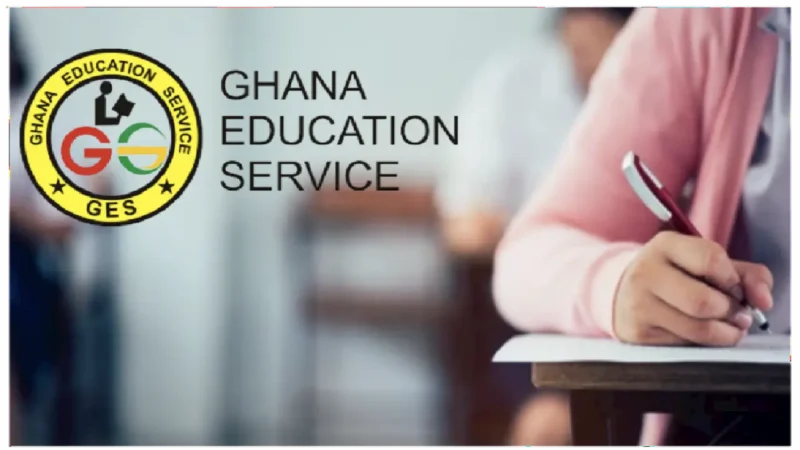ASSESSMENT AND IDENTIFICATION OF LEARNERS WITH SPECIAL NEEDS
Early Identification Techniques:
- Classroom observation
- Checklists
- Parental reports
Assessment Tools
Formal: Standardized tests
Informal: Teacher-made tests, portfolios
Referral Process
- Teacher observes and documents
- Inform school SPED coordinator
- Conduct assessment and develop intervention plans
INSTRUCTIONAL STRATEGIES FOR LEARNERS WITH SPECIAL NEEDS
Key Strategies:
Differentiated Instruction: Tailoring content, process, and products to learners’ needs.
Use of TLMs: Visual aids, tactile materials, audio recordings.
IEPs: Personalized goals and plans for learners.
Peer Tutoring: Collaborative learning with class peers.
Assistive Technology: Speech-to-text software, magnifiers, hearing aids.
LEGISLATION AND POLICIES GOVERNING SPED IN GHANA
Education Act 2008 (Act 778): Mandates inclusive education.
Children’s Act 1998 (Act 560): Promotes the rights of children with disabilities.
-UNCRPD: International framework protecting rights of persons with disabilities.
SDG 4: Focuses on inclusive and equitable quality education.
ROLES OF STAKEHOLDERS
Parents: Provide emotional and academic support.
Teachers: Identify needs, adapt instruction, and collaborate.
SPED Officers/MoE/GES: Provide guidance and monitor implementation.
District Assemblies: Fund and support infrastructure.
NGOs/International Bodies: Provide advocacy and resource support.
ETHICAL AND PROFESSIONAL CONSIDERATIONS
- Maintain confidentiality of learner records.
- Show respect and empathy.
- Avoid discrimination or bias.
- Advocate for equity and equal opportunity.
Keep following GH Educate for more




